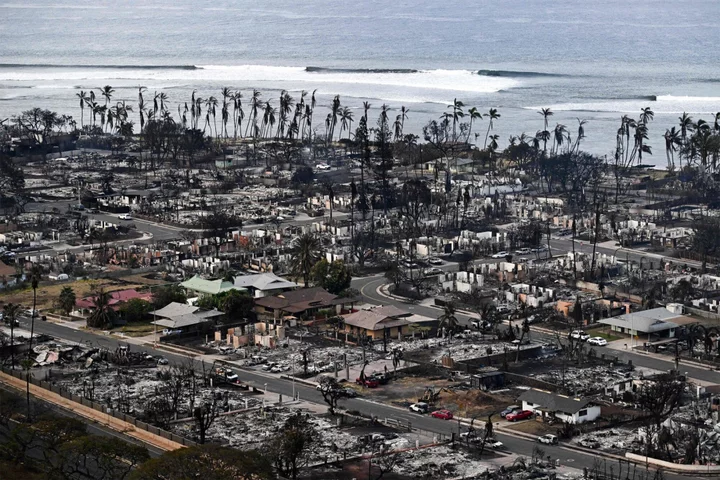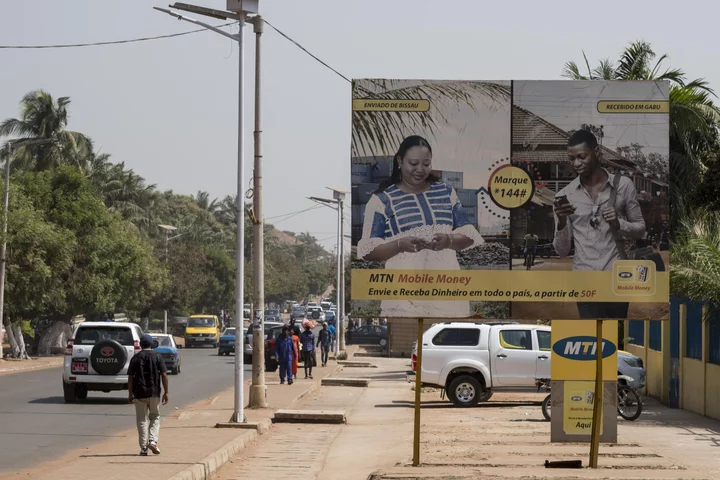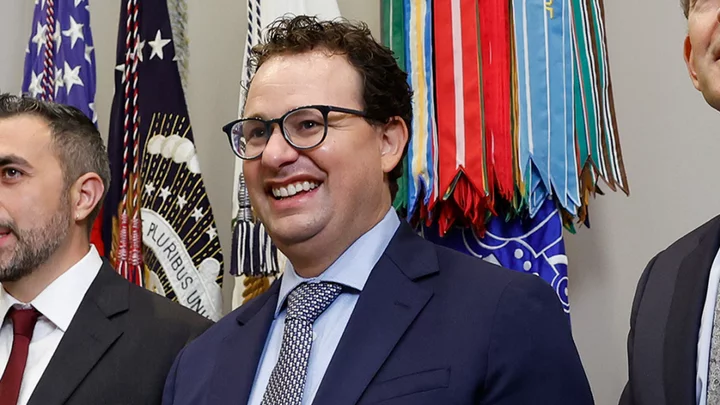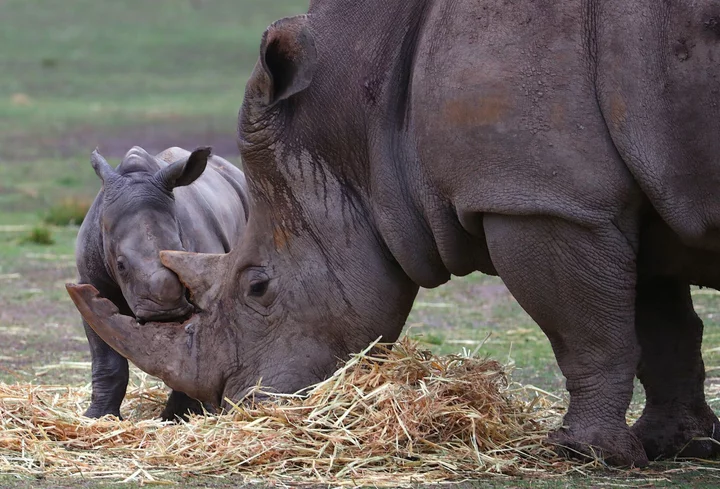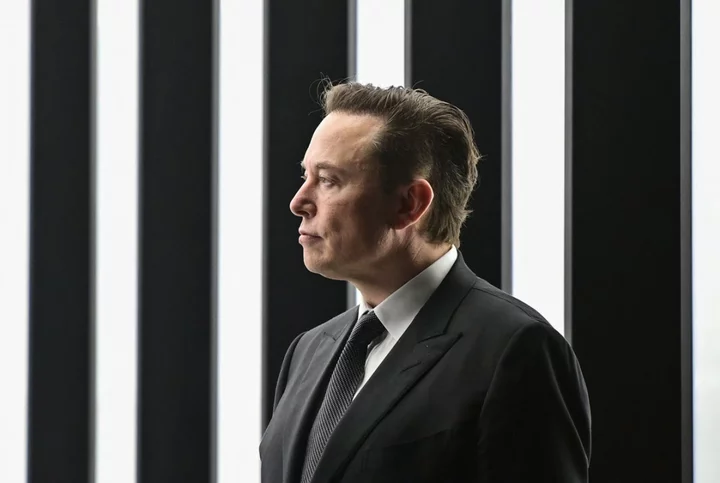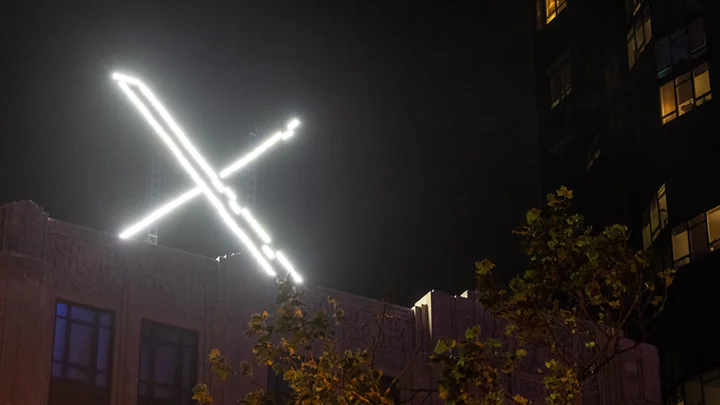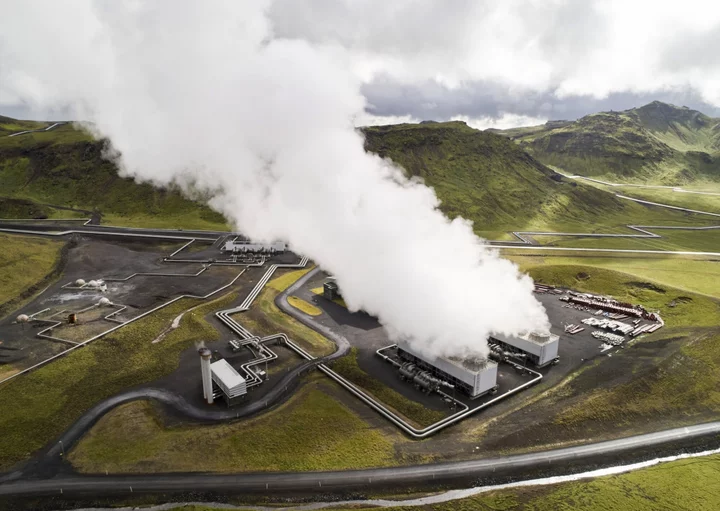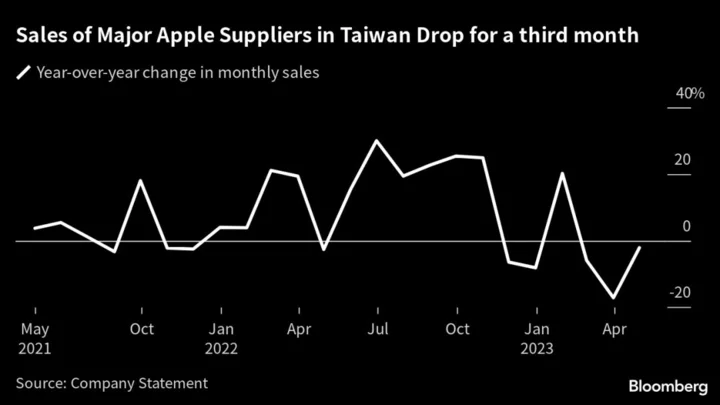At least 55 people are dead and hundreds of homes incinerated after tail winds from a hurricane stoked wildfires on Maui. Much of Lahaina, once the capital of the Kingdom of Hawaii, was destroyed, with residents fleeing and some taking temporary refuge in the sea.
Scientists may spend months or even years trying to understand what caused the fires. Whatever gave off the initial spark — be it a broken power line, campfire or something else — occurred amid a drought, which seared a landscape of invasive grass covering many thousands of acres. The grass lit up just as powerful winds from a high-pressure zone to the north swept downwards toward Hurricane Dora, a low-pressure zone far off to the south.
Such a complicated system makes it harder for scientists to say with specificity what role greenhouse gas pollution may have had in exacerbating the disaster. But climate change is extending the length of fire season and increasing areas burned in many parts of the world.
Read More: How Climate Change Makes Wildfires Much Worse
A climate and wildfire expert, Mojtaba Sadegh is an associate professor of civil engineering at Boise State University. A recent study he co-authored found that between 2000 and 2019, the number of people in the US exposed to wildfire risk doubled — with most of the rise coming from fires encroaching on older communities rather than people moving into new risky ones.
“Three quarters [of the increase] is because of fires encroaching upon existing communities,” he said. “In this case, Lahaina, it has been there for centuries.”
Sadegh spoke to Bloomberg Green about the events in Maui, wildfire trends and what communities can do to better prepare. This interview has been edited for length and clarity.
As someone who studies fires and their impact, what’s it like to see a tragedy like this occur in real time?
It is heartbreaking. It is devastating. I was chatting with a friend who is a fire manager. And I was like, “I’m happy that we have a slow fire year [in the US West], after several years.” And then, all of a sudden, this happened.
What made the conditions in Lahaina so bad?
Grass fires are terrible. You think that in a forest, when it burns, it creates so much energy — and grasses do not create as much energy, right? But when you look at the rate of growth, you’ll see that grass fires spread really quickly. They burn in a matter of seconds, I mean, less than a second, a fraction of a second.
We had the Marshall Fire in Colorado in 2021. In one day, 1,000 structures burned to the ground because of grass fires. Right now, in Maui, it’s again grass fires that spread so quickly. They take the fire to the structures. And our structures are built of what? Wood. Timber. Shingles. All of them are burnable, and when the first structure catches fire, then it becomes really, really difficult to make sure the next structure does not.
There can be a huge amount of energy that’s released. By radiating heat, they can start the next fire in the next structure. They can [also] start a fire when the flame gets to the other building. And also by embers: The number of embers that come out of burning structures is orders of magnitude larger than the number of embers that come out of a grass fire. The risk is going to be several hundred or several thousand times larger when a building is burning.
What can fire-prone communities do?
This comes down to what we can do to adapt and mitigate the impacts. What can you do with porches? What can you do with the windows, so they don’t break down and let those embers come in? What can you do with chimneys? With roofs — a huge problem when it comes to when it comes to wildfires.
There are things that we can do for home-hardening. If there is no fuel within 100 feet of your home, you’ve got a really good chance that your home doesn’t burn up. That’s at the community and individual level.
What about beyond the individual scale?
Pacific Gas and Electric in California is pursuing de-electrification. They shut down electricity when we have these projections of high wind and low humidity. And that’s what we had in Maui.
“Whatever we do now, in the next couple of decades, you’re going to have more and more dry, hot windy situations”
Learning from the mistakes of others and adapting our strategies are super important. Now, this becomes a little more tricky in Maui, because this is a tourist area. So the de-electrification is not as easy as in remote areas of California, because they know, they understand, they have been living there and they probably even welcome that loss of electricity, versus a tourist that’s enjoying their vacation.
How much of this is inevitable, because we’re at 1.2C of global warming?
Slowing global climate change is a must. But that will not be enough. Whatever we do now, in the next couple of decades, you’re going to have more and more dry, hot windy situations. Translation of knowledge to action is something that we have to invest in.
Is any place not more susceptible to fire now?
Interestingly enough, it has not always increased across the US. We have some states, like Florida, where population exposure to fires is decreasing. It comes back to many different factors. A lot of [Florida’s] fires are grass fires and they have been doing a phenomenal job of prescribed fires. They’re burning millions of acres of grass every year so when fire season comes, there is not enough fuel to burn.
A lot of the forest in the East that is now too wet to burn frequently is projected to become burnable as the climate becomes warmer towards the end of the century.
The increase in the West is huge. Historically, across the western US we have seen more than a doubling of the number of people that are exposed to large wildfires from 2000 to 2019. And that does not include 2020. That was a terrible year.
This is our life. We will have to invest in reducing those risks. It’s on every one of us to demand that change. Because a lot of these things we can prevent.

